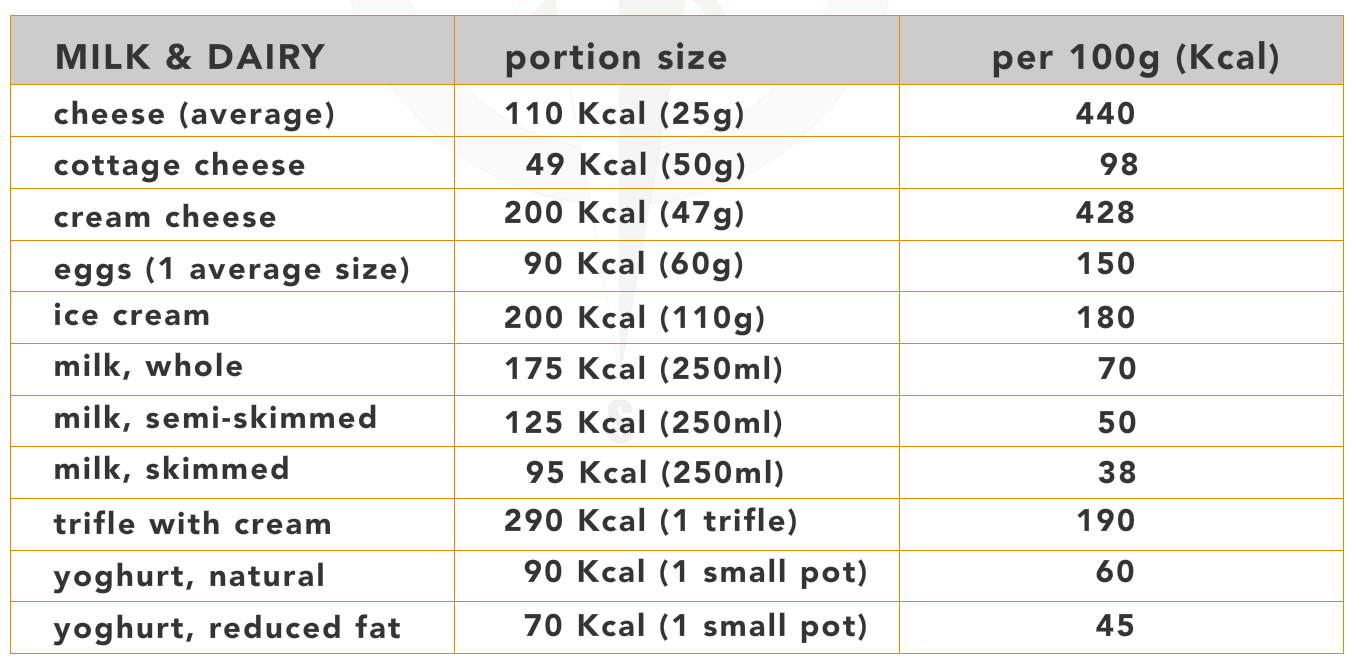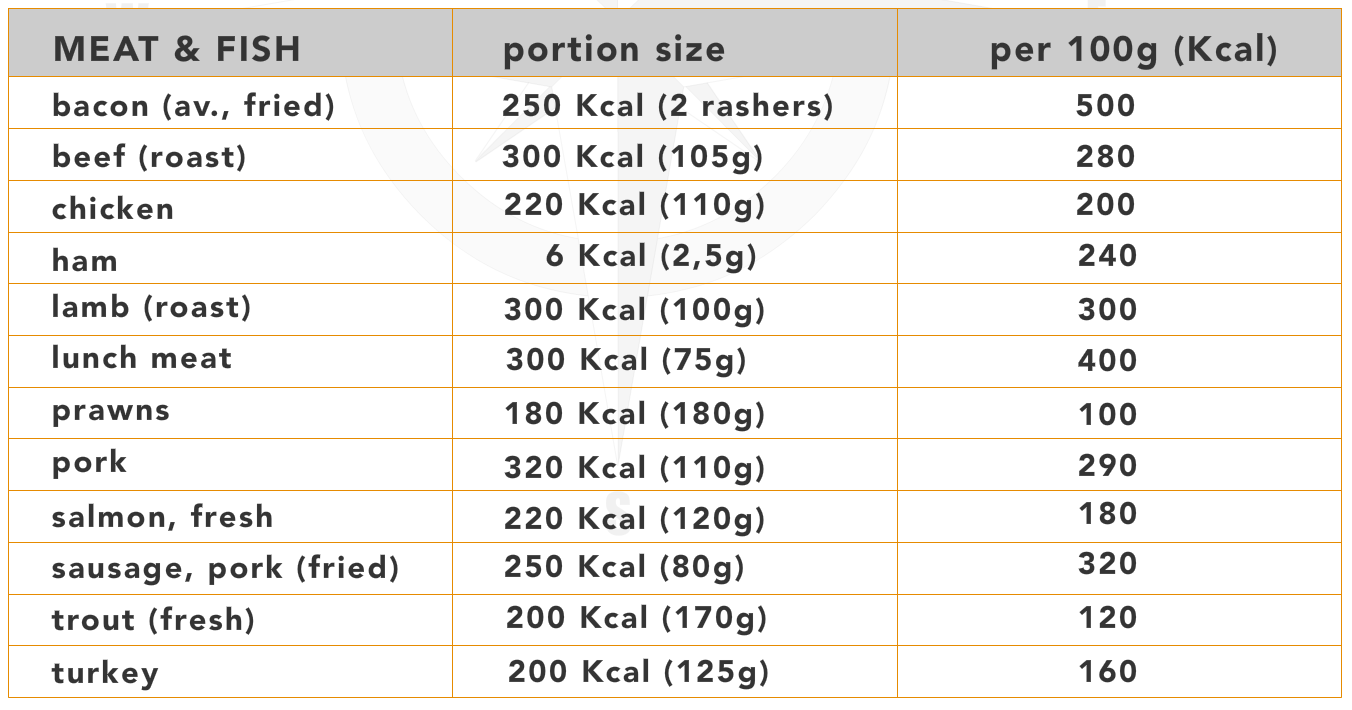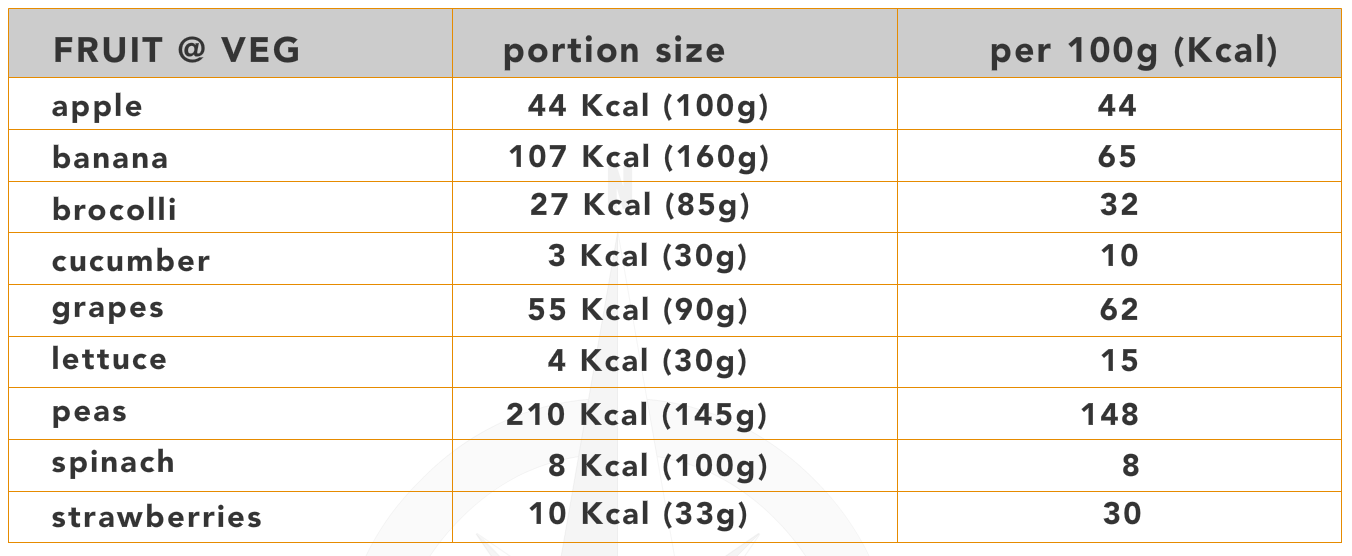BMI guidelines
Guidelines for Overweight Prevention + BMI
Introduction
A third of the world’s deaths are due to cardiovascular disease, 80% of those in developing countries. Cardiovascular diseases make up 10% of the world’s disease burden, 90% of those in developing countries. A substantial proportion of cardiovascular deaths are attributable to avoidable risk. Therefore, reducing risk means a substantial health gain. Addressing this problem eventually proves cost effective as it reduces the risk of associated diseases.
Of the global cardiovascular disease burden, 75% relates to 6 major risk factors:
One of the major factors in chronic health problems is being overweight. It can lead to hypertension, type 2 diabetes, coronary heart disease, stroke, gallbladder disease, osteoarthritis, respiratory problems, sleep apnoea and endometrial, breast, prostate and colon cancer.
Body Mass Index
Measuring the Body Mass Index is a quick and easy way to make seafarers aware of the importance of weight control. BMI = weight (in kg) divided by square length (in metres).
A BMI below 17,5 indicates a person is “underweight”
A BMI between 17,5 and 24,9 indicates a person is of normal weight
A BMI more than 25 indicates overweight
A BMI above 30 means a person is obese or pathologically overweight
People with a BMI between 19 and 22 are more likely to live longer than people with a high BMI. If your BMI is too high (25 or above), you're at greater risk than people with a normal BMI of dying prematurely from chronic health problems such as high blood pressure, type 2 diabetes, coronary heart disease, stroke, gallbladder disease, osteoarthritis, respiratory problems, sleep apnoea and endometrial, breast, prostate and colon cancer.
Regular measurement of BMI enhances the chances of an individual seafarer being able to take effective steps towards controlling weight at a healthy level.
Energy value
1 Kcalorie (kcal) is the amount of energy required to raise the temperature of 1kg of water by 1°C..
An average (sedentary) woman needs 1940 Kcal. per day to maintain a healthy weight.
An average(sedentary) man needs around 2400 Kcal. per day to maintain a healthy weight.
A typical hot meal delivers about 30 to 35% of the energy needed for one day. The ideal energy value of a complete meal, including soup, drinks and desert should be around 885 Kcal.
Your current weight, age, gender and how active you are all affect how many calories you need to maintain a healthy weight. Tall people need more calories than short people!
Calorie counting is a very effective weight loss method because, unlike following a proprietary diet plan, it helps you to learn real facts about real food and what your body really needs. So when you “calorie count” your way to your weight loss goal youre much better equipped to maintain your new weight.
Examples of the energy value of some common foods are given in the table below, per portion and per 100g.
Prevention Fitness–Fatness
Fitness helps protect against death, independent of a person’s weight: unfit lean people are twice more likely to be at risk of suffering from cardiovascular disease than fit people of a normal weight. Lean people have < 16% fat, people of a normal weight have between 16-25%, and obese people have >25%.
Reducing the intake of sugars-sweetened drinks and of high-energy foods that are low in nutrients, as well as efforts to curb cigarette smoking and to increase physical activity will have an impact on the health of seafarers. Such changes need the active participation of every stake holder onboard, in the company and in the maritime industry. The environment, of those who are most at risk needs to change. This is a more targeted and potentially costly approach, but one that has the potential for cost-effective returns even though they will be in the longer term.







